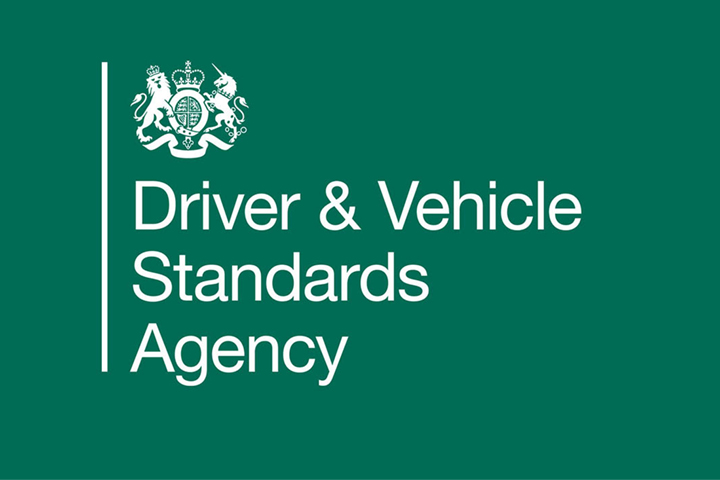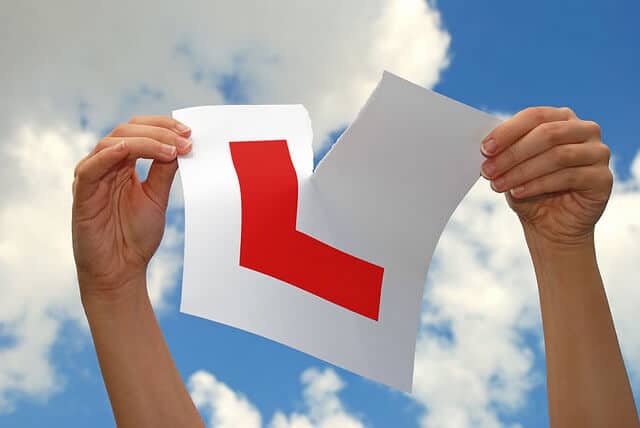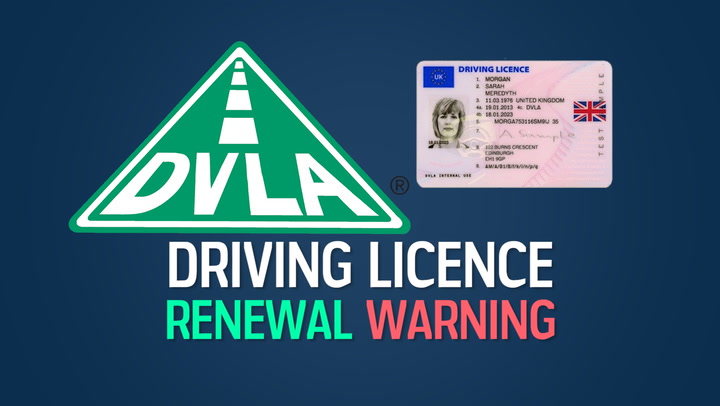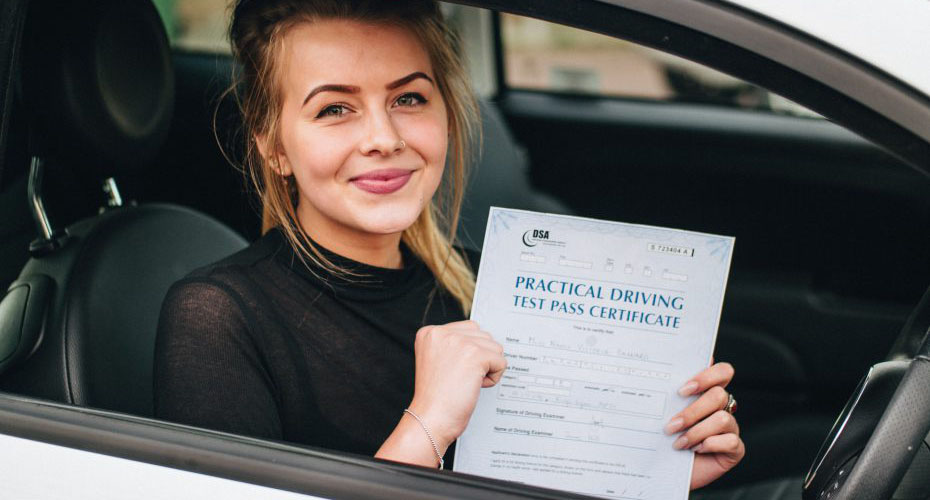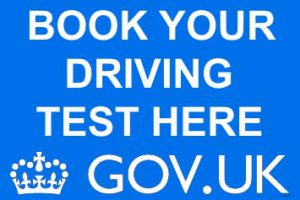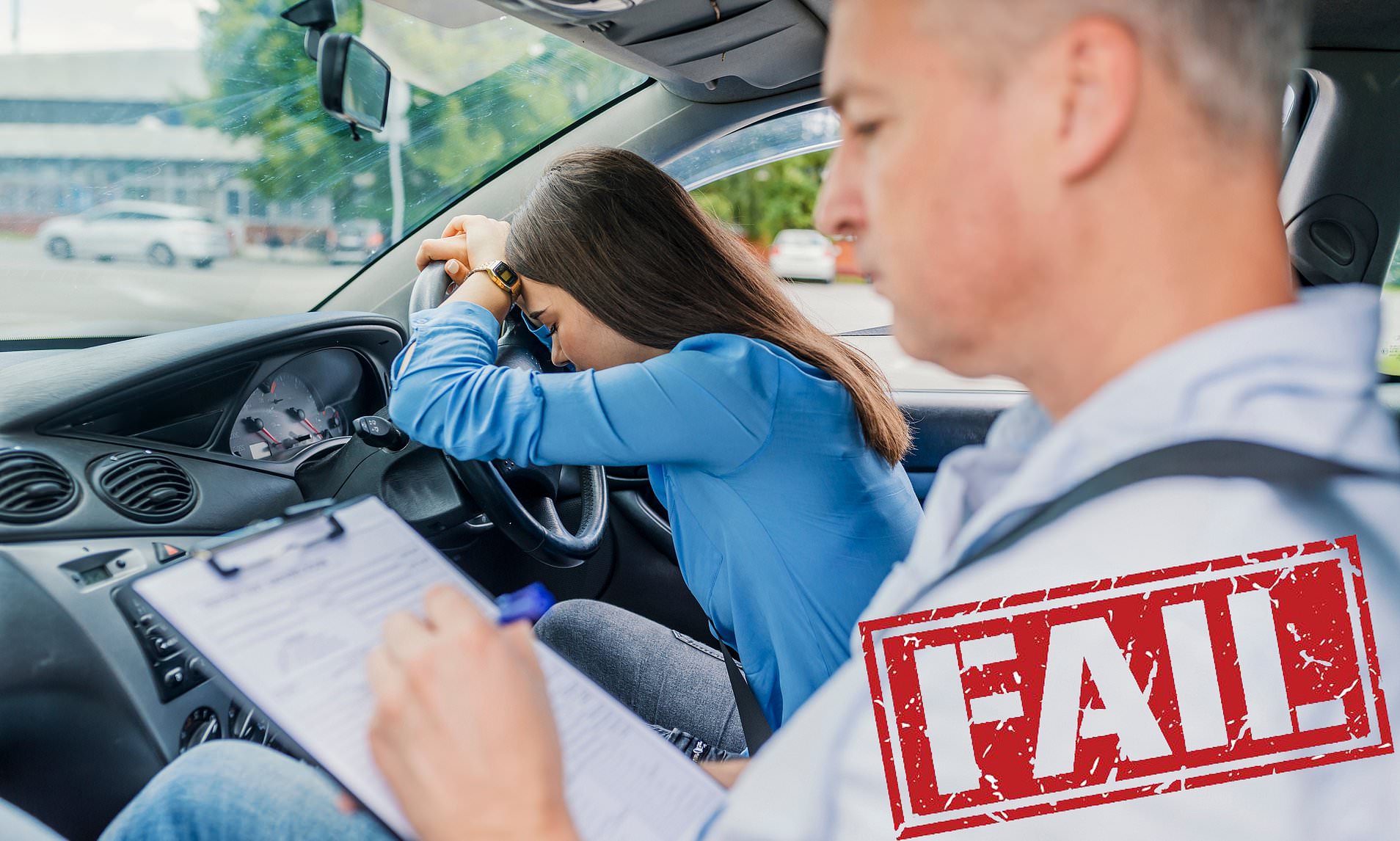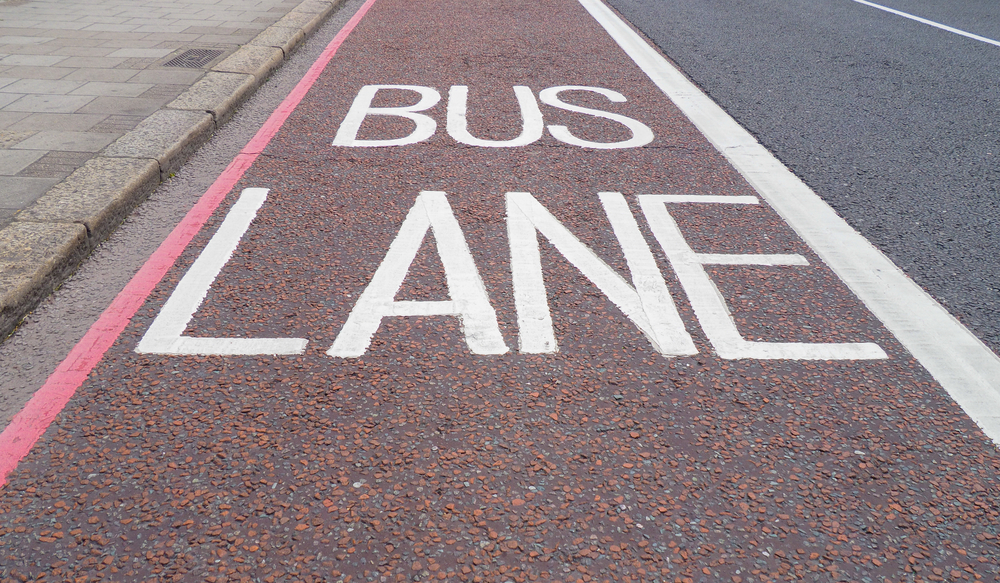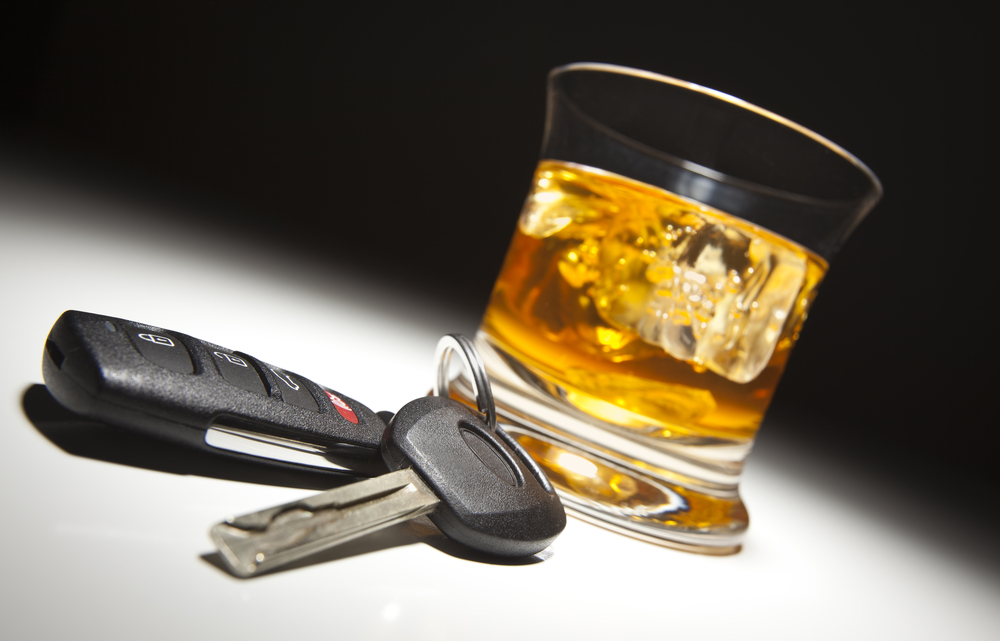Something as simple as a small chip or crack in your windscreen could cause you to be fined.
Warnings have been issued to drivers that driving with a chipped or cracked windscreen could land motorists with a £2,500 fine or points on their license! Green Flag has since revealed that after research 4/5 drivers where unaware of this.
Such issues with windscreens are a frequent occurrence that car owners experience,The cost-of-living crisis appears to be impacting drivers’ repair habits. Only 47% of drivers had their windscreen repaired immediately, with more than a quarter saying they would delay repairs to save money.
Over a quarter of drivers said they would only get the issue repaired if it stopped them from seeing.
On average, a chipped windscreen costs between £40 and £118 to repair, depending on the vehicle.
As well as the safety implications, chips and cracks can also lead to a failed MOT.
According to the DVSA, 405,595 cars had visibility issues when checked during an MOT between October and December 2022.
Different types of Chips and Cracks: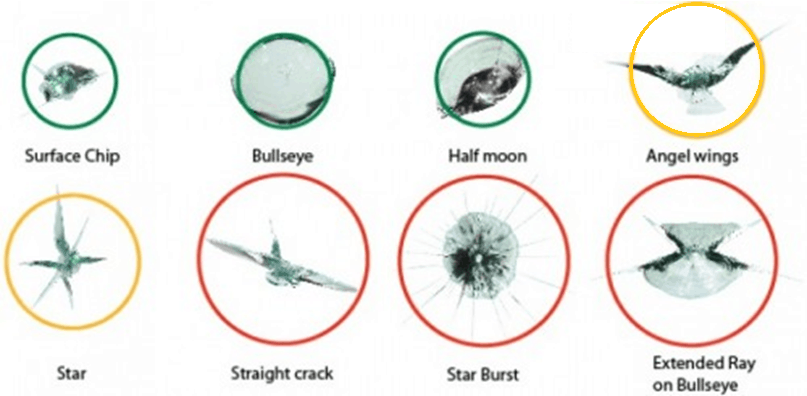
Katie Lomas, Head of Green Flag Breakdown, commented: “Windscreen chips should be repaired almost as soon as they appear to prevent further damage spreading as these can easily turn into a crack and a much larger and more expensive problem. It’s also important to keep in mind that repairs are especially important when obscuring visibility for the driver.
“Seven in ten drivers said chips were caused by stones and debris flying up from the road. To put this into perspective, on a 30 mile per hour road, a small stone could have an impact speed with the glass at the equivalent of 40 to 50 miles per hour. It’s not surprising that there’s a chance it’ll take a toll on your windscreen if it hits.
By checking your windscreen often, you can save yourself a job of having to replace a whole windscreen by catching a small crack quickly.
“To avoid chips and cracks, it’s important to drive carefully and leave a greater distance between the vehicle in front of you on rough and busy roads where there may be loose debris. If you do get a crack, it’s key that you replace the windscreen as soon as possible. Repairing early on is a straightforward process that improves vehicle safety, visibility and saves money in the long run.”
Kerry at Britannia says:
By checking your windscreen over regularly you can avoid large repair jobs, if you spot a small crack in your windscreen and act upon it quickly you could save yourself having to replace a whole windscreen.
 Buy Gifts Vouchers Here
Buy Gifts Vouchers Here Intensive Driving Courses
Intensive Driving Courses Driving Test Booking Services
Driving Test Booking Services



